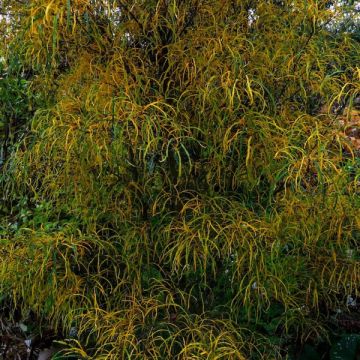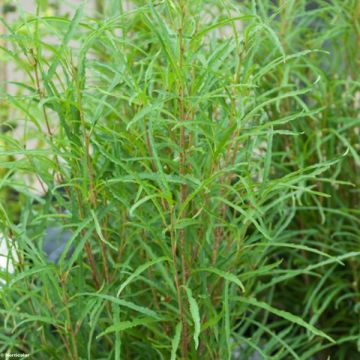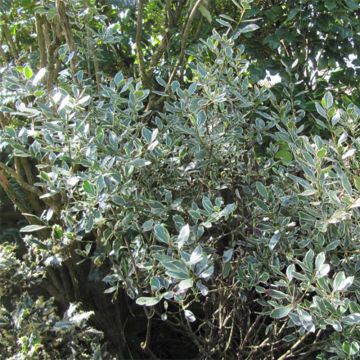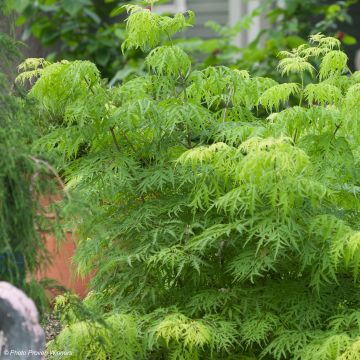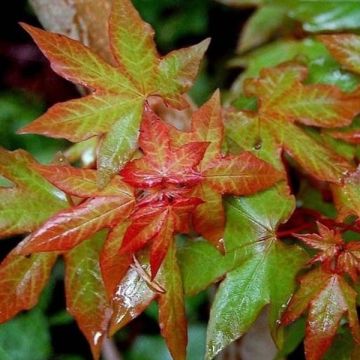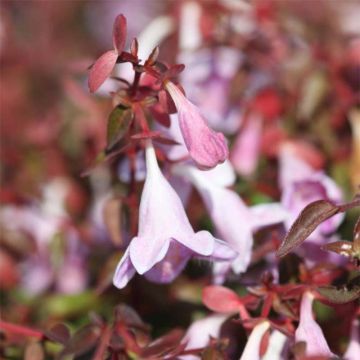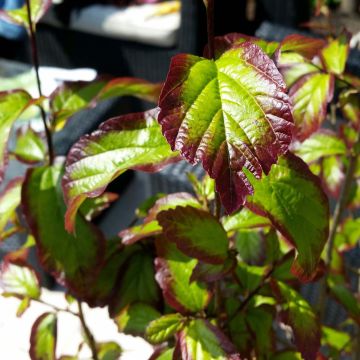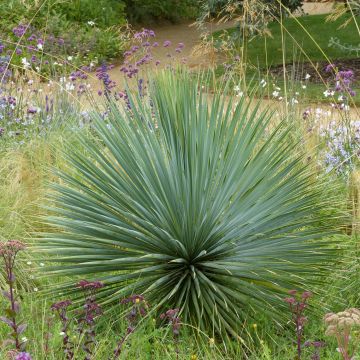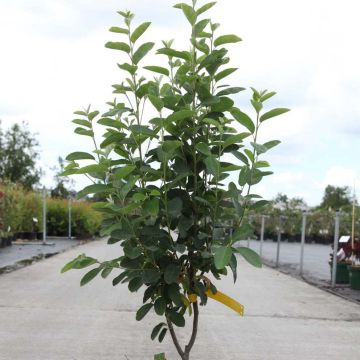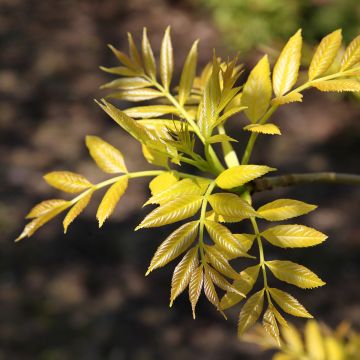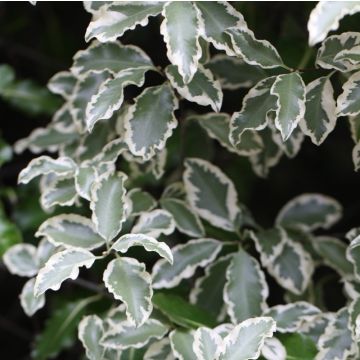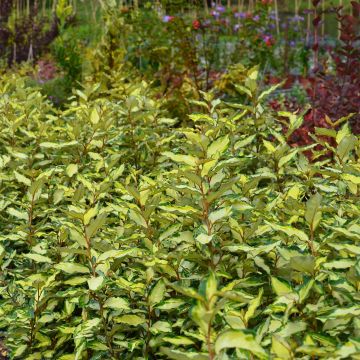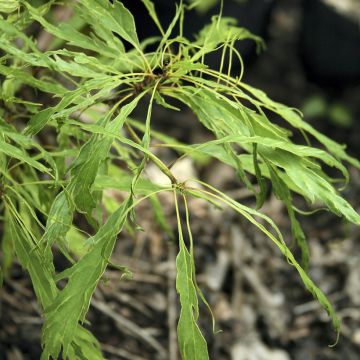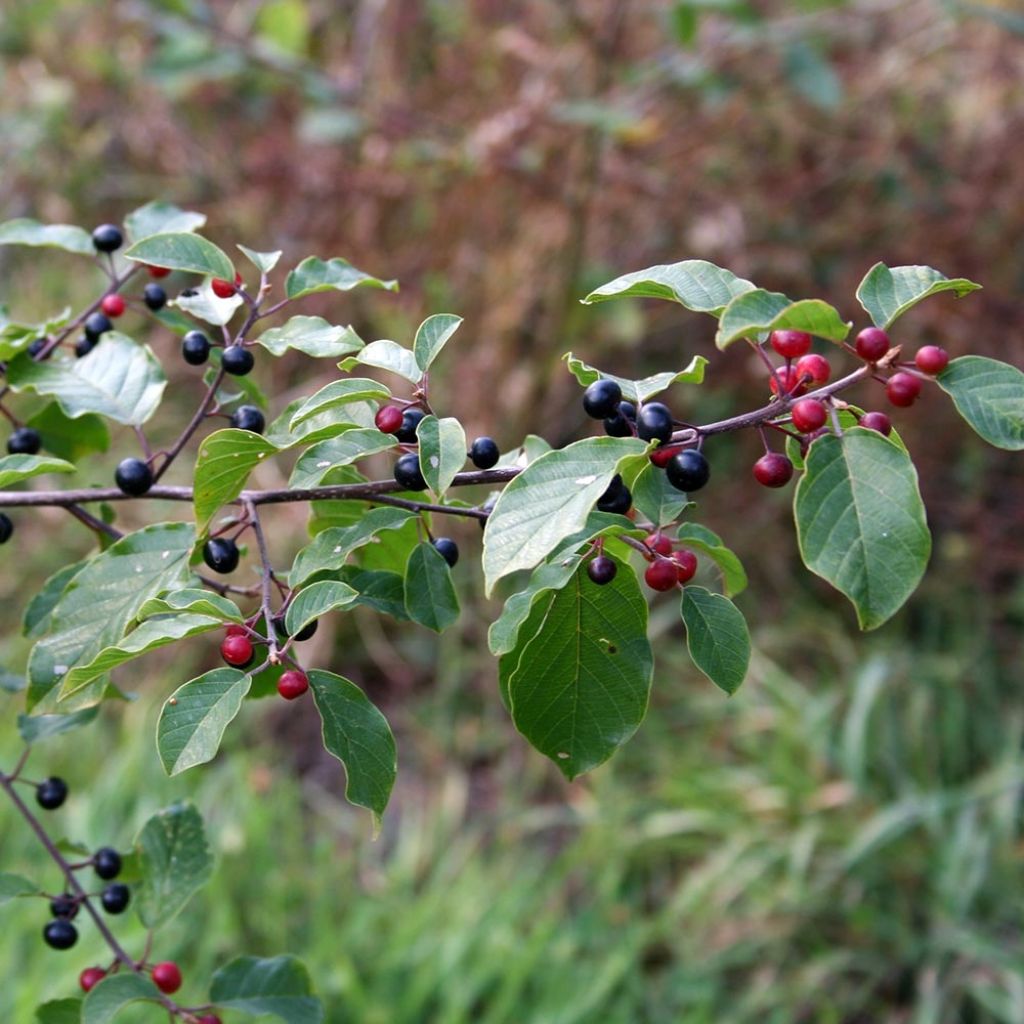

Rhamnus (Frangula) frangula (alnus)
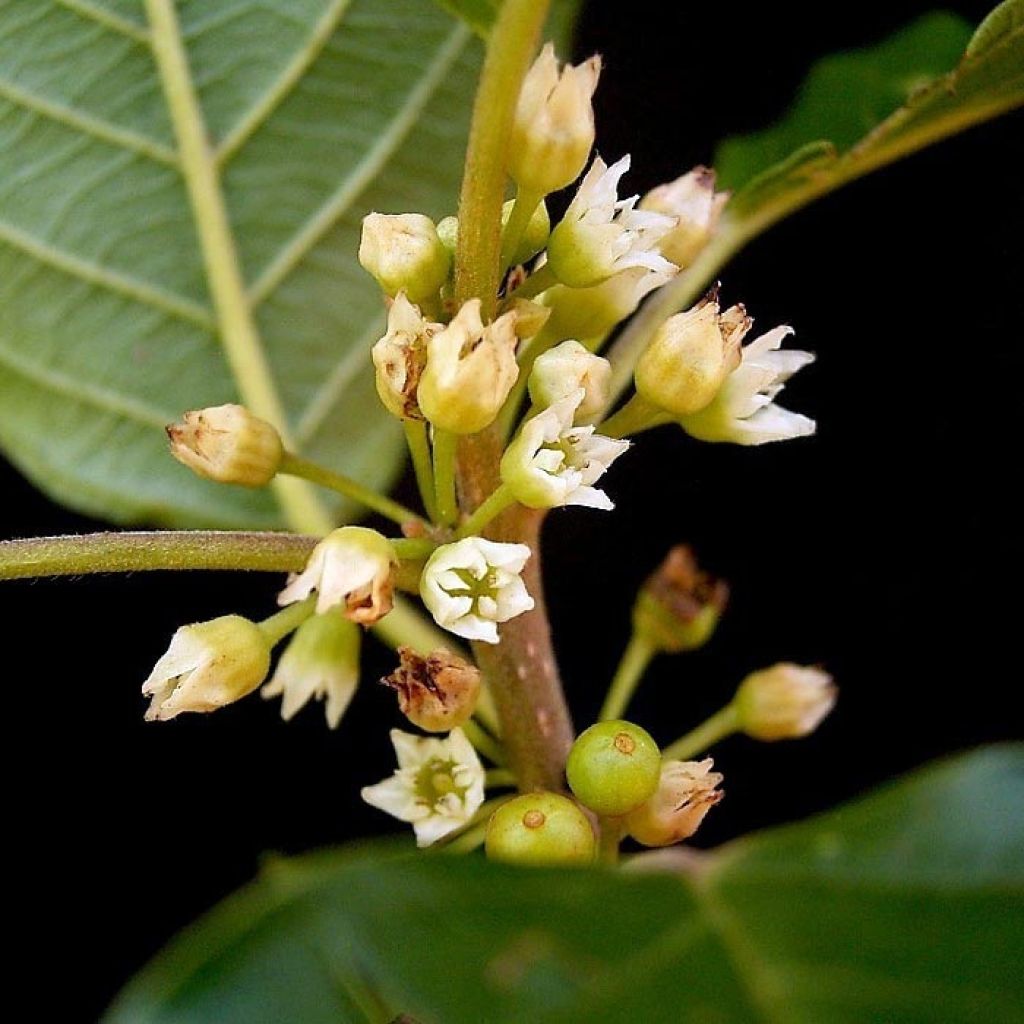

Rhamnus (Frangula) frangula (alnus)
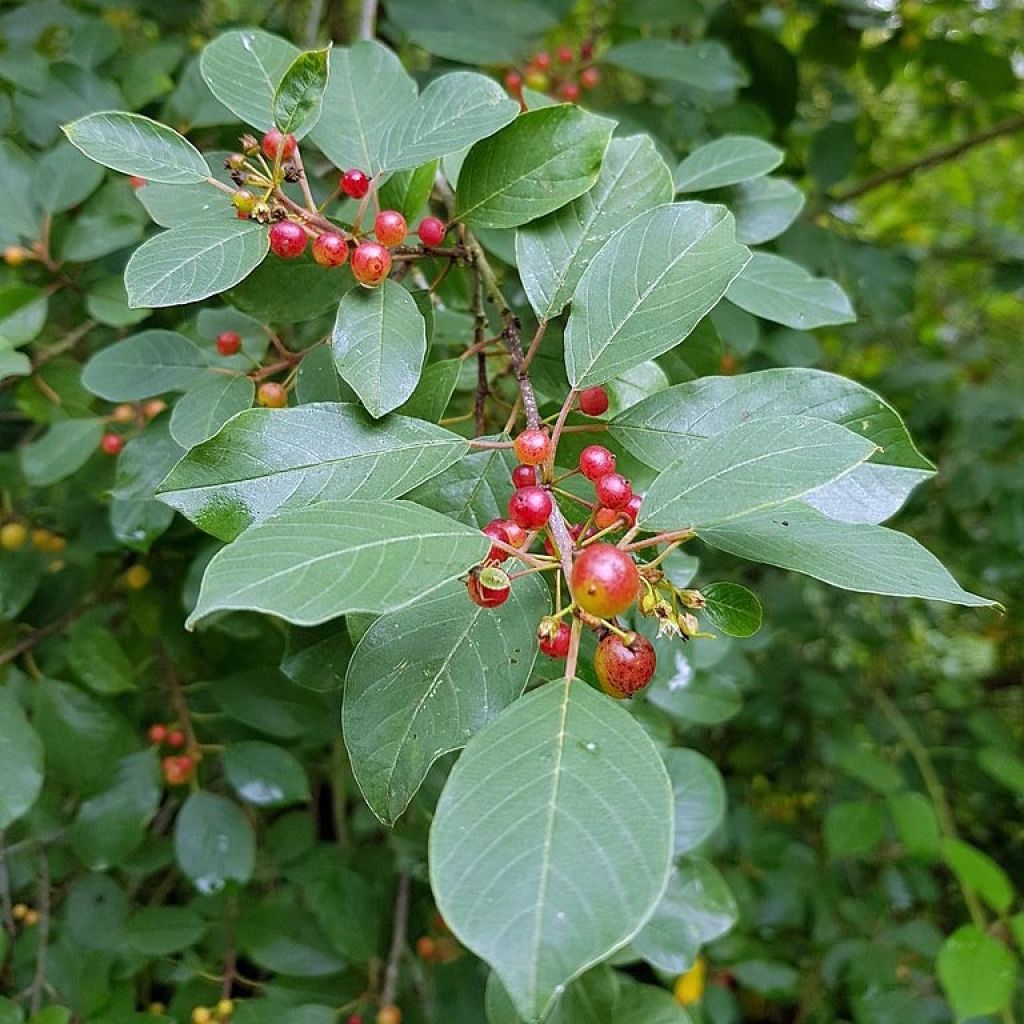

Rhamnus (Frangula) frangula (alnus)
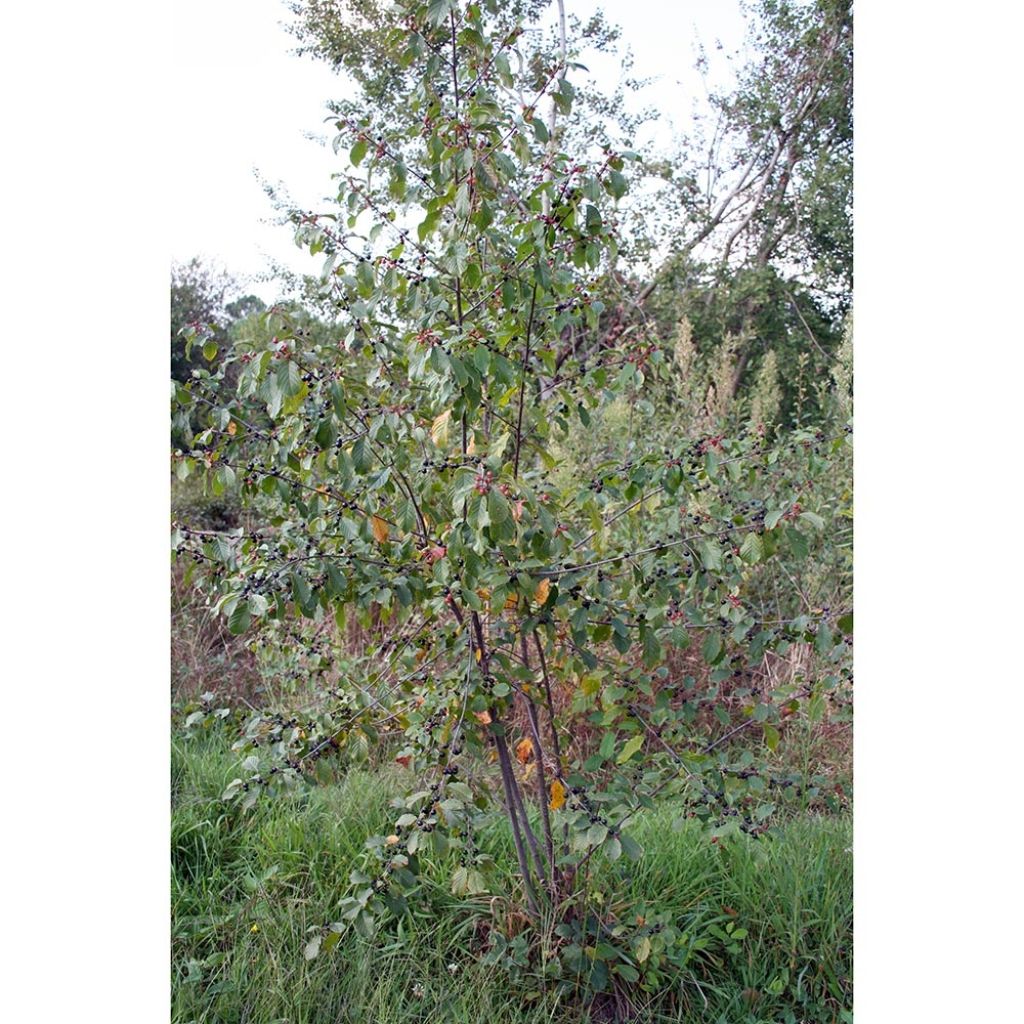

Rhamnus (Frangula) frangula (alnus)
Rhamnus (Frangula) frangula (alnus)
Rhamnus frangula
Alder Buckthorn, Black Alder, Berry-bearing Alder, Butcher's Prickwood
This item cannot be shipped to the selected country
Oversize package delivery charge from €6.90
Delivery charge from €5.90
Delivery to Corse prohibited
More information
Schedule delivery date,
and select date in basket
This plant carries a 24 months recovery warranty
More information
We guarantee the quality of our plants for a full growing cycle, and will replace at our expense any plant that fails to recover under normal climatic and planting conditions.
Oversize package: home delivery by special carrier from €6.90 per order..
Express home delivery from €8.90.
From €5.90 for pickup delivery and €6.90 for home delivery
Express home delivery from €8.90.
Delivery to Corse prohibited: UE law prohibits the import of this plant from mainland France to Corse as part of the fight against Xylella fastidiosa. Please accept our sincere apologies.
More information
Does this plant fit my garden?
Set up your Plantfit profile →
Description
Rhamnus frangula, also known as the Alder Buckthorn, French Buckthorn or Common Buckthorn, is a bush commonly found in our undergrowth, clearings, and forest edges, in wet environments, both in the lowlands and mountains. This large shrub adorns itself with deciduous foliage that is elegantly undulating, beautifully dark green, and nicely tinged with red in autumn. After its discreet spring flowering, the female plants produce small red fruits that turn black in autumn, which are sought after by birds. It will grow in any soil that retains moisture, this buckthorn works well in the creation of low-maintenance hedges, as well as being very useful for the small wildlife in our gardens when associated with other local species.
Rhamnus frangula (synonym Frangula alnus) belongs to the Rhamnaceae family. This species is widespread throughout Europe, but absent from the most northern and southern regions. There are at least two ecotypes of Buckthorn, the first populating wet environments on acid soil, and the second preferring drier locations and calcareous soils. In the horticultural trade, Buckthorn preferring wetter soils is generally found. It is a dioecious plant, meaning that there are male plants with staminate flowers but no pistil, and female plants with flowers lacking stamens but with a pistil.
This is a bushy shrub, with a rather loose and slightly spreading habit, supported by flexible and spreading branches. Slow-growing, the buckthorn will reach a height of 3 to 5m (10 to 16ft) with an equal spread (sometimes up to 6m (20ft)). Its bark is dark grey-brown on the outside but orange-brown on the inner side (visible when lifted or peeling), dotted with lenticels forming small light-coloured enlarged spots. The buds are covered with brown hair. The deciduous foliage appears in spring and falls in autumn. It consists of entire, elliptical to ovate leaves with smooth margins and prominent veins, measuring 4 to 7cm (2 to 3in) in length. The colour is a shiny dark green on the upper side, lighter and matte on the underside. They turn red in autumn before falling. The flowering occurs from May to July, taking the form of small clusters of tiny yellow-green to whitish flowers, without petals, highly attractive to bees. On female plants, in the presence of male plants, round fruits called drupes, measuring 1cm (1in), form. They are initially green, then red, and finally black when ripe in October. The bark and dried fruits of the buckthorn are traditionally used in European pharmacopoeia for their laxative properties. The fresh fruits, highly prized by certain animals such as deer, contain a compound with psychotropic properties.
Plant and cultivate this Rhamnus frangula 'naturally' in an unpretentious shrub bed or in a countryside hedge. It should not be missing in any naturalistic garden, where it can accompany other native or 'exotic' shrubs that are truly easy to grow: Lonicera xylosteum (Honeysuckle), Viburnum lantana (Wayfaring tree), Sambucus Black Lace (Black elderberry), Viburnum opulus Roseum (Snowball tree), Lonicera fragrantissima and L. tatarica (Honeysuckles), Rosa rugosa Rubra (Rugosa rose), Ribes sanguineum King Edward VII (Red-flowering currant), Mespilus germanica (Medlar), and why not a Vitis vinifera (Ornamental grapevine), the choice is vast!
Report an error about the product description
Rhamnus (Frangula) frangula (alnus) in pictures
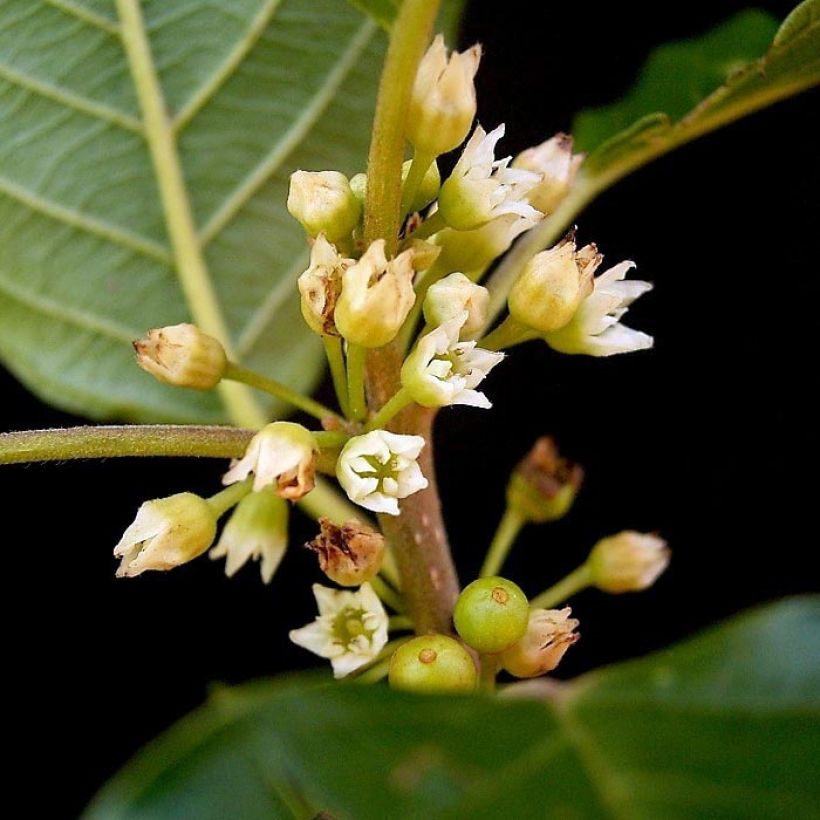

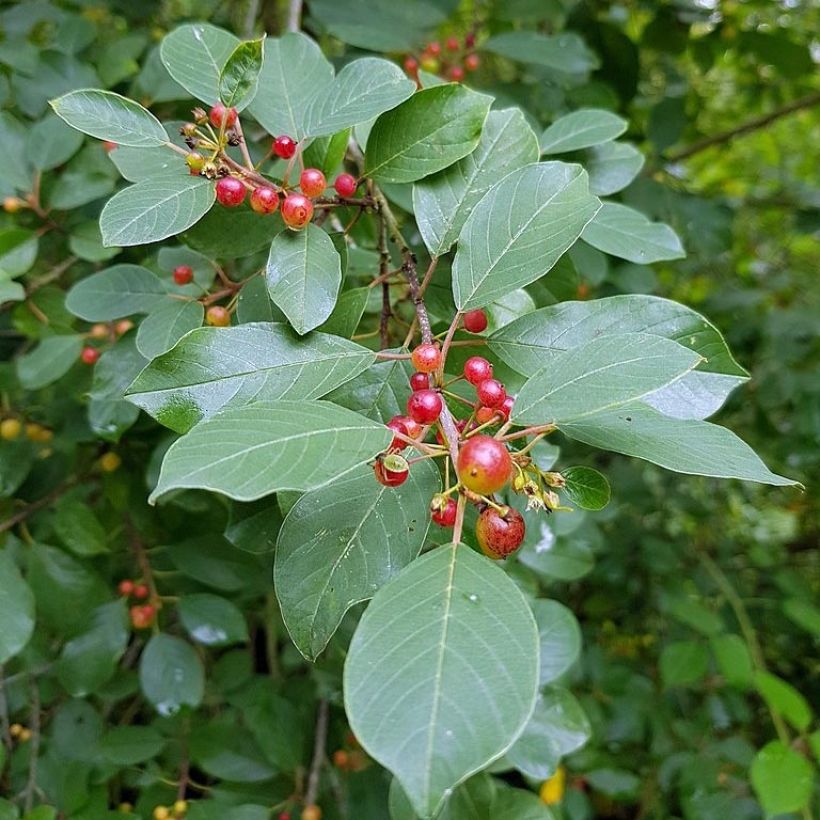

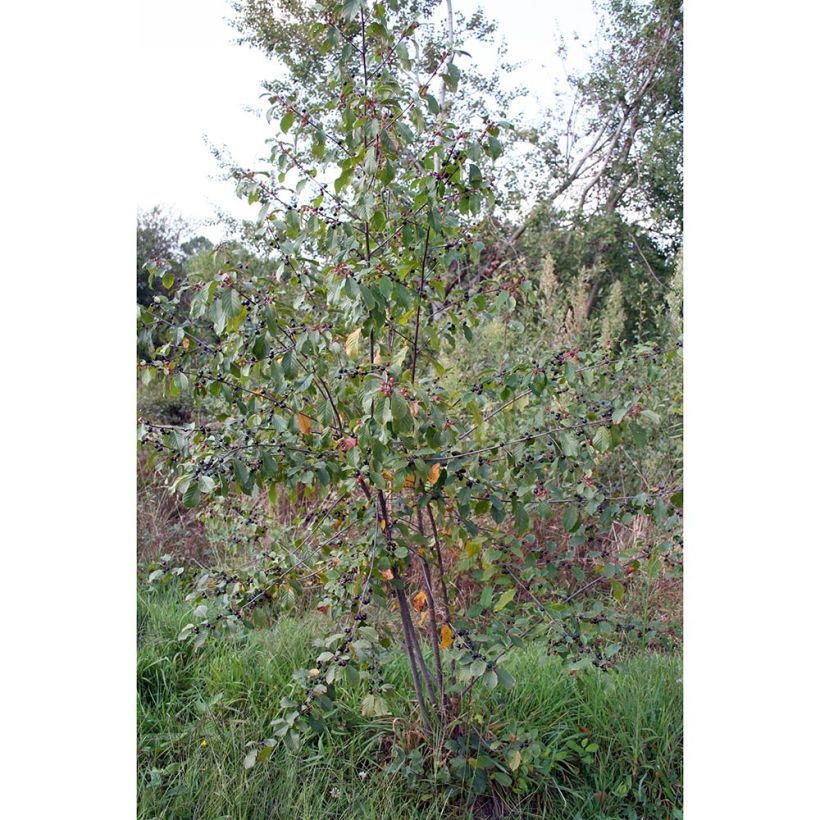

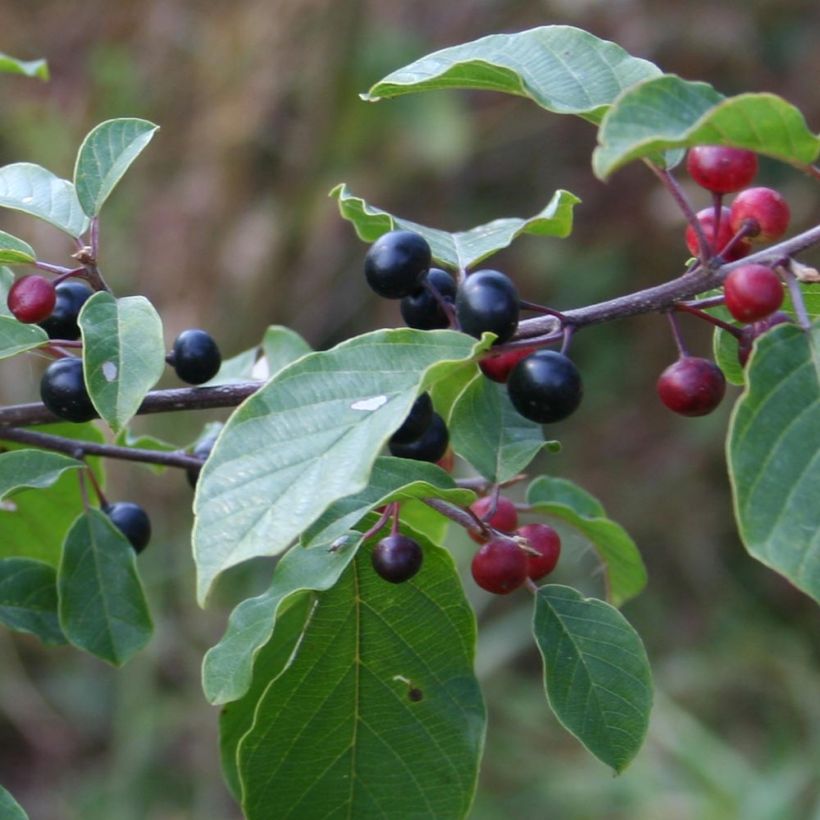

Plant habit
Flowering
Foliage
Botanical data
Rhamnus
frangula
Rhamnaceae
Alder Buckthorn, Black Alder, Berry-bearing Alder, Butcher's Prickwood
Western Europe
Other Rhamnus
Planting and care
To plant your Rhamnus frangula, choose a sunny to partially shaded location, but not scorching (morning sun or a partially shaded area during the hottest hours). Very hardy, it prefers damp environments but adapts to any good garden soil that is sufficiently deep, yet remains slightly moist even in summer (acidic, neutral, or slightly alkaline pH). Wet and clay soils are well tolerated. It is a very cold-resistant plant, never gets sick, and requires little maintenance. If you plant it in spring, water regularly to ensure its establishment. Pruning, if necessary, should be done before the buds start to grow at the end of winter.
Planting period
Intended location
Care
-
, onOrder confirmed
Reply from on Promesse de fleurs
Striking foliage shrubs
Haven't found what you were looking for?
Hardiness is the lowest winter temperature a plant can endure without suffering serious damage or even dying. However, hardiness is affected by location (a sheltered area, such as a patio), protection (winter cover) and soil type (hardiness is improved by well-drained soil).

Photo Sharing Terms & Conditions
In order to encourage gardeners to interact and share their experiences, Promesse de fleurs offers various media enabling content to be uploaded onto its Site - in particular via the ‘Photo sharing’ module.
The User agrees to refrain from:
- Posting any content that is illegal, prejudicial, insulting, racist, inciteful to hatred, revisionist, contrary to public decency, that infringes on privacy or on the privacy rights of third parties, in particular the publicity rights of persons and goods, intellectual property rights, or the right to privacy.
- Submitting content on behalf of a third party;
- Impersonate the identity of a third party and/or publish any personal information about a third party;
In general, the User undertakes to refrain from any unethical behaviour.
All Content (in particular text, comments, files, images, photos, videos, creative works, etc.), which may be subject to property or intellectual property rights, image or other private rights, shall remain the property of the User, subject to the limited rights granted by the terms of the licence granted by Promesse de fleurs as stated below. Users are at liberty to publish or not to publish such Content on the Site, notably via the ‘Photo Sharing’ facility, and accept that this Content shall be made public and freely accessible, notably on the Internet.
Users further acknowledge, undertake to have ,and guarantee that they hold all necessary rights and permissions to publish such material on the Site, in particular with regard to the legislation in force pertaining to any privacy, property, intellectual property, image, or contractual rights, or rights of any other nature. By publishing such Content on the Site, Users acknowledge accepting full liability as publishers of the Content within the meaning of the law, and grant Promesse de fleurs, free of charge, an inclusive, worldwide licence for the said Content for the entire duration of its publication, including all reproduction, representation, up/downloading, displaying, performing, transmission, and storage rights.
Users also grant permission for their name to be linked to the Content and accept that this link may not always be made available.
By engaging in posting material, Users consent to their Content becoming automatically accessible on the Internet, in particular on other sites and/or blogs and/or web pages of the Promesse de fleurs site, including in particular social pages and the Promesse de fleurs catalogue.
Users may secure the removal of entrusted content free of charge by issuing a simple request via our contact form.
The flowering period indicated on our website applies to countries and regions located in USDA zone 8 (France, the United Kingdom, Ireland, the Netherlands, etc.)
It will vary according to where you live:
- In zones 9 to 10 (Italy, Spain, Greece, etc.), flowering will occur about 2 to 4 weeks earlier.
- In zones 6 to 7 (Germany, Poland, Slovenia, and lower mountainous regions), flowering will be delayed by 2 to 3 weeks.
- In zone 5 (Central Europe, Scandinavia), blooming will be delayed by 3 to 5 weeks.
In temperate climates, pruning of spring-flowering shrubs (forsythia, spireas, etc.) should be done just after flowering.
Pruning of summer-flowering shrubs (Indian Lilac, Perovskia, etc.) can be done in winter or spring.
In cold regions as well as with frost-sensitive plants, avoid pruning too early when severe frosts may still occur.
The planting period indicated on our website applies to countries and regions located in USDA zone 8 (France, United Kingdom, Ireland, Netherlands).
It will vary according to where you live:
- In Mediterranean zones (Marseille, Madrid, Milan, etc.), autumn and winter are the best planting periods.
- In continental zones (Strasbourg, Munich, Vienna, etc.), delay planting by 2 to 3 weeks in spring and bring it forward by 2 to 4 weeks in autumn.
- In mountainous regions (the Alps, Pyrenees, Carpathians, etc.), it is best to plant in late spring (May-June) or late summer (August-September).
The harvesting period indicated on our website applies to countries and regions in USDA zone 8 (France, England, Ireland, the Netherlands).
In colder areas (Scandinavia, Poland, Austria...) fruit and vegetable harvests are likely to be delayed by 3-4 weeks.
In warmer areas (Italy, Spain, Greece, etc.), harvesting will probably take place earlier, depending on weather conditions.
The sowing periods indicated on our website apply to countries and regions within USDA Zone 8 (France, UK, Ireland, Netherlands).
In colder areas (Scandinavia, Poland, Austria...), delay any outdoor sowing by 3-4 weeks, or sow under glass.
In warmer climes (Italy, Spain, Greece, etc.), bring outdoor sowing forward by a few weeks.

































